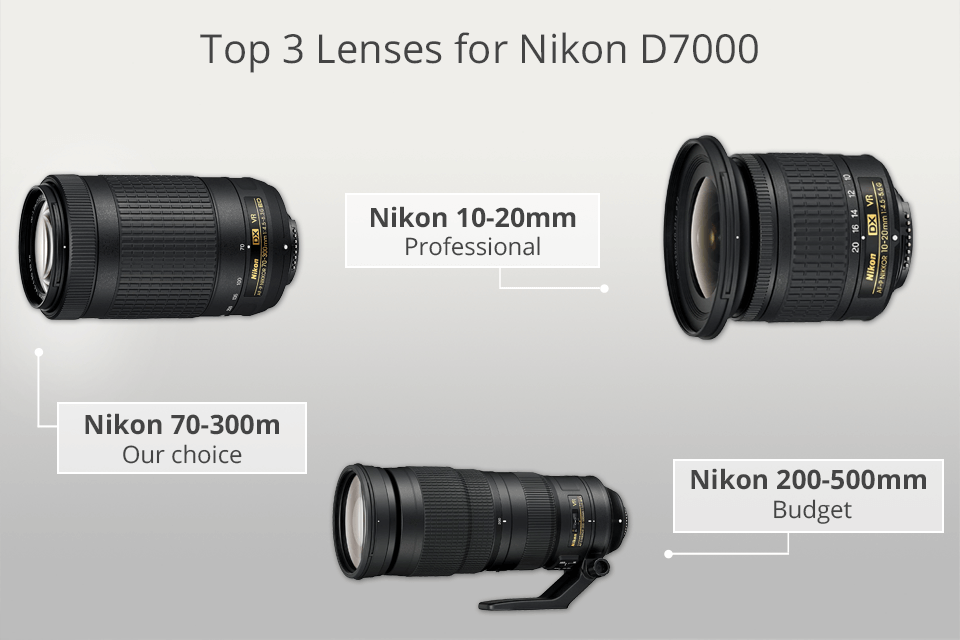
- NIKON D7000 PRICE SETUP FOR VIDEO RECORDING 1080P
- NIKON D7000 PRICE SETUP FOR VIDEO RECORDING SKIN
- NIKON D7000 PRICE SETUP FOR VIDEO RECORDING ISO
NIKON D7000 PRICE SETUP FOR VIDEO RECORDING ISO
Origami sculpture and roses: Excellent detail and color saturation at ISO 6400. The AF zones in use light up in the finder, making it easy to select the one that best matches your subject.


Turn the back control dial with your thumb to activate 9-point, 21-point, or 39-point AF to match your subject. The AF/M autofocus-setting control lets you choose among 3 AF modes that are read out in the finder by holding in a button, and turning the control dial to scroll to AFS (single-shot AF), AFC (continuous AF) or AFA (single shot that switches to continuous when motion is detected). Both accept SD, SDHC and the new higher-capacity SDXC cards, and they can be set up sequentially, activating the second card only after the first is filled up. There are two SD card slots under the hinged cover on the right side. The D7000 abounds with thoughtful little touches. We did manage to foul up a half dozen frames by brushing against the mode dial and moving it from “A” to “M” accidentally-stiffer detents would help. There are two additional detents marked U1 and U2 for accessing your stored custom settings. The mode dial provides a Scene setting that optimizes the settings to correspond with your selected scene mode, the green Auto “point-and-shoot” mode has a “flash off” detent that prevents the flash from popping up when you don’t want it to-nice. Exemplary! Exposure: f/6.3 and 1/160 sec at 35mm (52mm equivalent) focal length.
NIKON D7000 PRICE SETUP FOR VIDEO RECORDING SKIN
Grandma with green flower: Superb definition throughout at ISO 400 (note facial details, jewelry, clothing, and sunglasses) and natural skin tones without any tweaking needed. However the Q setting is great for shooting discreetly-the release really is much quieter-and the mirror-up setting is very convenient. To the left of the pentaprism housing are two stacked dials-the release-mode dial (Single Frame, Continuous Hi and Low, Q for quiet shutter release, self-timer, remote control, and mirror up) surmounted by the exposure-mode dial (P, S, A, M, etc.) To set the release mode you have to press a small lock-release button and hold it in while turning the milled front edge of the dial with your forefinger-a little fiddly until you get used to it. Menu selections, which are controlled by a 4-way toggle switch surrounding an OK button, are exceptionally clear, legible and intuitive. Image quality, ISO, and White Balance can be set by pressing dedicated control buttons-there’s no need to scroll through the menus. The angled shutter release atop the grip is perfectly placed for a smooth, shake-free release, and the main and subsidiary command dials fall right under your right thumb and forefinger, respectively. Nikon cameras are noted for their excellent handling and control placement, and the D7000 is certainly no exception. With the lens in place, the camera feels very solid and well balanced, aided by a very comfortable and secure handgrip. Out test outfit was the Nikon D7000 Kit (approximately $1,500) that includes an 18-105mm (27-158mm equivalent) AF-S Nikkor f/3.5-5.6 G ED lens with built in VR (Vibration Reduction), a high-performance zoom that’s a nice match for the camera in terms of size, flexibility and heft. To find out how well this all works out in the real world we took the D7000 for an exhaustive two-week test drive.

6 frames-per-sec maximum burst rate for up to 100 images.
NIKON D7000 PRICE SETUP FOR VIDEO RECORDING 1080P

The N7000’s cutting-edge feature list includes: With a 16.2-megapixel DX-format (aka APS-C) CMOS sensor that works in conjunction with Nikon’s latest EXPEED 2 image sensor, it is claimed to deliver a gratifying combination of operating speed and image quality, especially in low light. Nikon’s latest salvo in the enthusiast DSLR wars, the Nikon D7000, is a stellar example. Nowhere is this more evident than in the pivotal enthusiast DSLR sector, which seems to be leading the charge in terms of technical advances and important new features. The DSLR market is fiercely competitive as the likes of Canon, Nikon, Sony, and Pentax slug it out for market share. Nikon’s latest enthusiast-aimed DSLR is a technological tour de force, but does it live up to expectations?


 0 kommentar(er)
0 kommentar(er)
